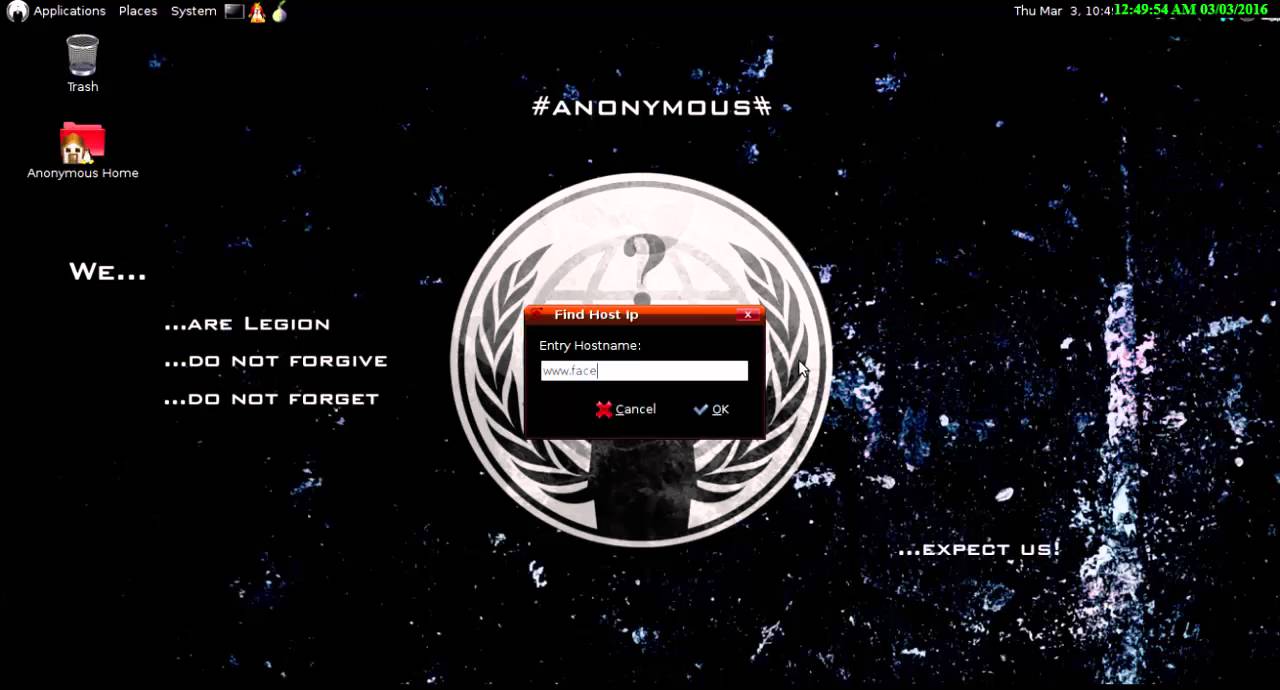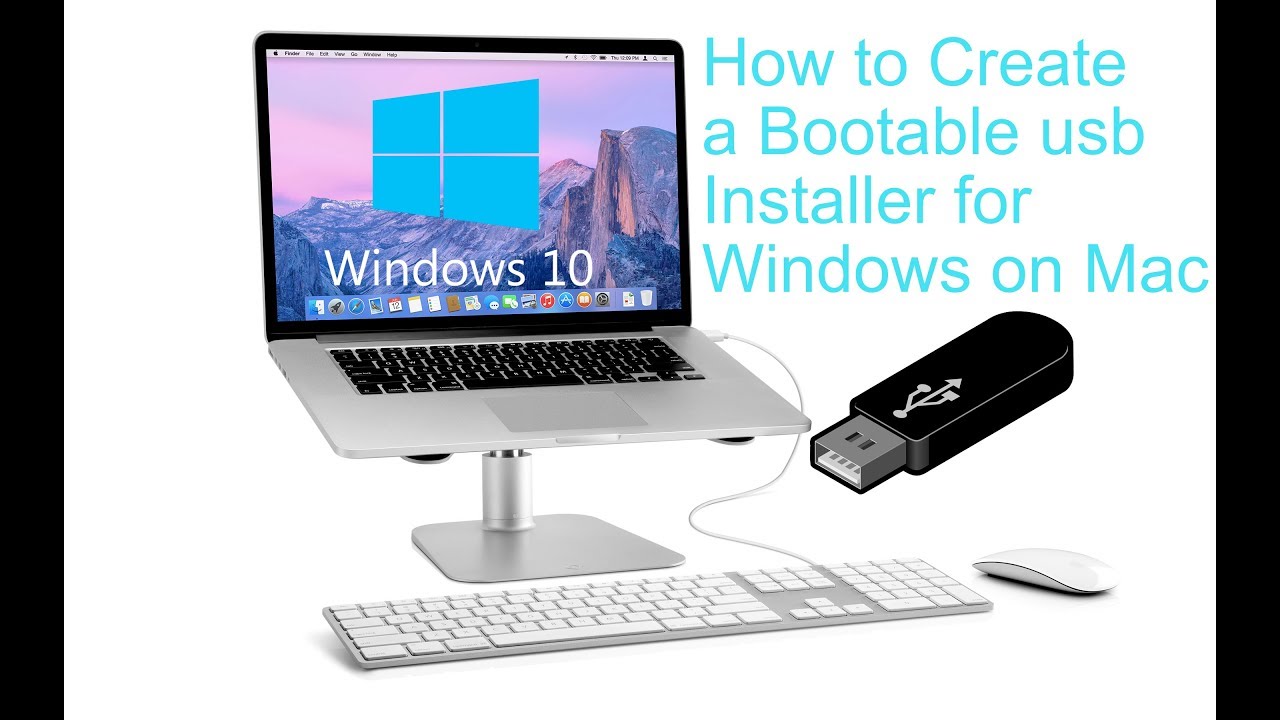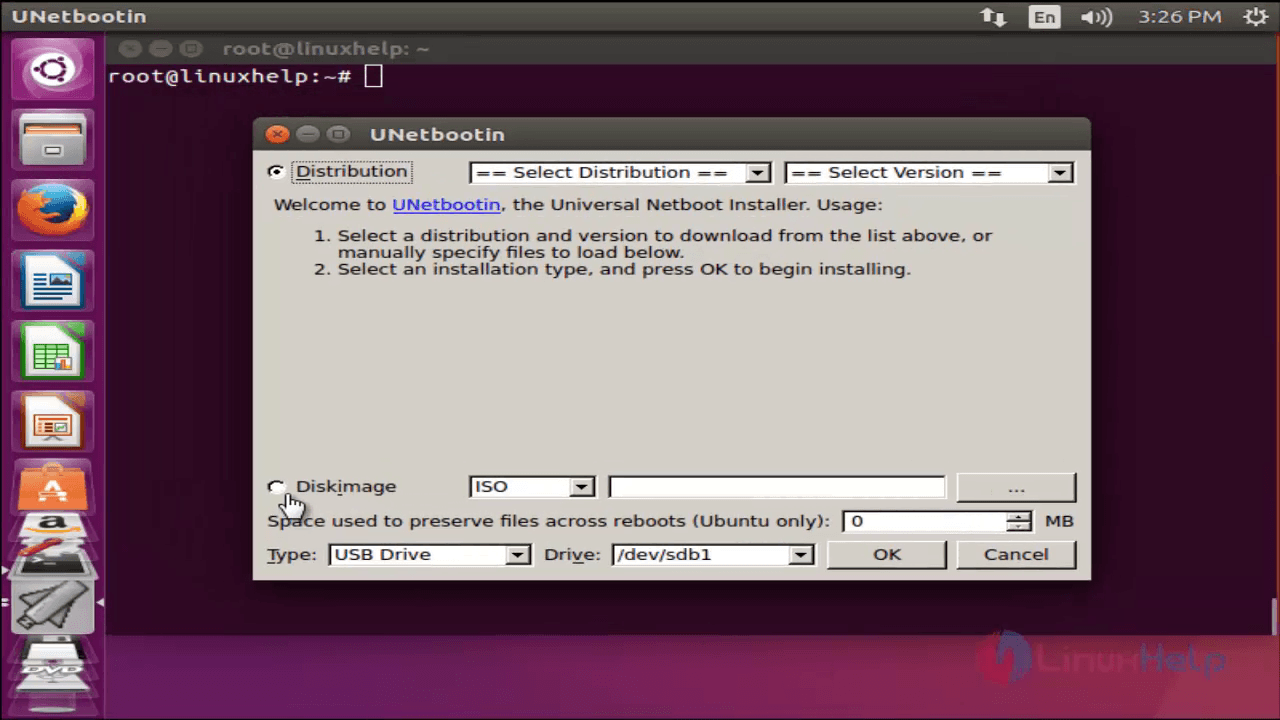
NOTE: See Selecting the Correct ISO wiki page for more information on which version of Bodhi best suits your hardwareĮxamples below are based on bodhi-6.0.0-64.iso). NOTE: Is your PC only just meting the Minimal Hardware Specification? Take a look at the Minimal Spec FAQ, you will find answers to questions, comments on software alternatives (when system memory is limited) and successful installs against minimal hardware specs. After installation, you will find Bodhi runs reasonably well with 512MB RAM.Does your system meet these requirements? Check out which ISO image will best suit you/your hardware!

With 512MB RAM, the Bodhi Linux installer will work, but it will work slowly. ** NOTE: The Bodhi installer runs best with more than 512MB of RAM (ideally 1GB or more). NOTE: ALL DATA WILL BE ERASED DURING THIS PROCESS!.– A USB drive that contains no important data.After performing this installation, you will easily be able to create live USBs of your desired operating systems. This article was meant for sharing with you the method of installing the Universal Netboot Installer on a Linux Mint 20.3 system. Step # 2: Remove the UNetbootin Repository from Linux Mint 20.3:Īfter that, you also need to remove the UNetbootin repository from your system with the command shown below: $ sudo add-apt-repository -remove ppa:gezakovacs/ppa You will have to remove the UNetbootin package from Linux Mint 20.3 with the help of the following command: $ sudo apt-get purge -autoremove unetbootin To remove the Universal Netboot Installer from Linux Mint 20.3, you will have to perform the two steps listed below: Step # 1: Remove UNetbootin from Linux Mint 20.3:

UNETBOOTIN LINUX HOW TO
How to remove UNetbootin from Linux Mint 20.3? The UNetbootin interface is shown in the following image: You will be asked to provide authentication before accessing the UNetbootin interface as shown in the image below:

Step # 4: Launch UNetbootin on Linux Mint 20.3:Īfter the completion of UNetbootin installation on Linux Mint 20.3, you can launch it from the Mint Menu as shown in the following image:
UNETBOOTIN LINUX INSTALL
Once your Linux Mint 20.3 system is updated, you can install UNetbootin on it by running the command given below: $ sudo apt-get install unetbootin Step # 3: Install UNetbootin on Linux Mint 20.3:
UNETBOOTIN LINUX UPDATE
Whenever you add a new repository to your system, then before proceeding any further, you are advised to update your system with the following command: $ sudo apt-get update The output shown in the image below will be displayed upon a successful addition of the above-mentioned repository to your system: You need to start off with adding the UNetbootin repository to Linux Mint 20.3 by running the following command: $ sudo add-apt-repository ppa:gezakovacs/ppa How to install UNetbootin on Linux Mint 20.3?įor installing UNetbootin on a Linux Mint 20.3, you should follow the steps described over here: Step # 1: Begin with adding the UNetbootin Repository to Linux Mint 20.3: In this article, we will teach you the way through which you can install it on a Linux Mint 20.3 system. UNetbootin, in fact, stands for Universal Netboot Installer.

This software can operate on multiple platforms very conveniently. UNetbootin is a very versatile software that is capable of creating live USBs of various operating systems to run on other host operating systems that too without requiring a physical CD.


 0 kommentar(er)
0 kommentar(er)
